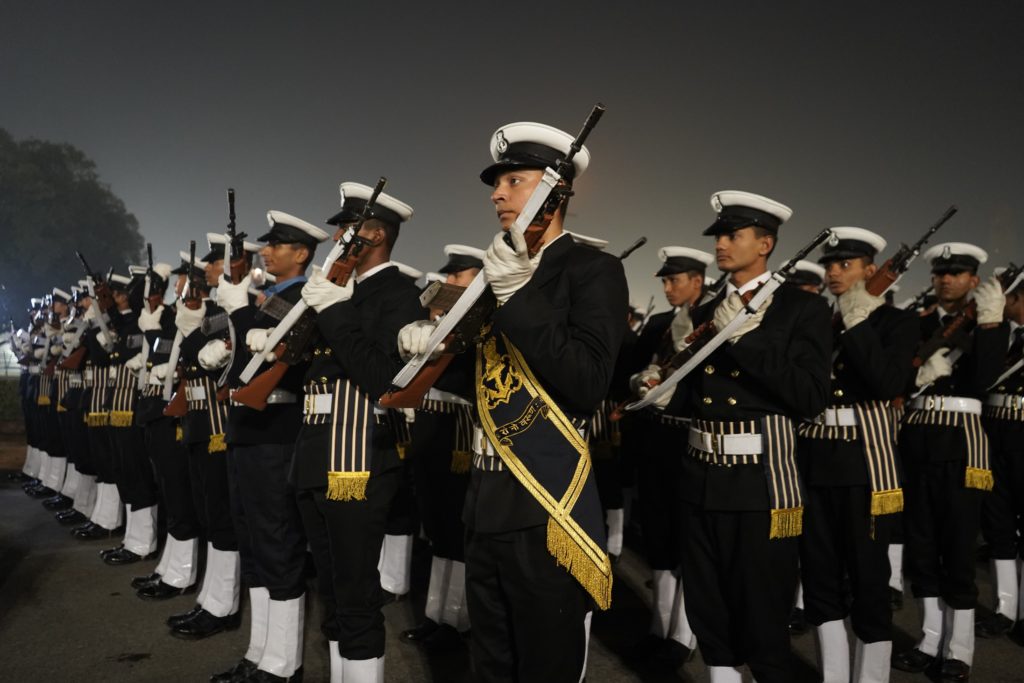
Understanding the Russians and their helmets
You cannot discuss ballistic helmets and war histories without making mention of the Soviet Union or the USSR. The story of the development of modern era ballistic helmets is a rather interesting one. As more soldiers continued to die from severe head shots, the need for a protective head gear continued to increase. As the story is told, it is recorded that one French soldier was saved from bullet by wearing a soup bowl on his head. Sure, have a good laugh. But that was the beginning of the steel helmets.
In 1916, the first set of steel helmets began to show up. It all began with the French “Adrian” helmet. The steel helmet, which looks like a Paris firefighter headgear, was issued in large numbers to Russian brigades. Although many of the French headgear were marked with distinctive badges, the Russians helmets were marked with the Romanov double-headed eagle.
The Russians started the production of locally made helmets which was their own form of Adrian helmet. Called the Model 1916 or M16, the Russian helmet had the basic silhouette structure of the Adrian helmet. However, it did have a less-defined ventilation comb running over the dome.
This helmet was majorly used during the Russian Civil War. Although it was used without badges or any formal type of unit identification, individual troops made use of red stars and other forms of signature on their own helmets.
Later on, the Soviet Union has also made use of the M36 and M40 helmets which were in service until 1941. The M36 is said to have a Russian flair to it due to its long brim, flared sides and the comb on the top to allow for ventilation. Russia has had a long history of ballistic helmet use and are continually apply innovative technology today to ensure better head protection for their soldiers.
Follow along with our blog here.